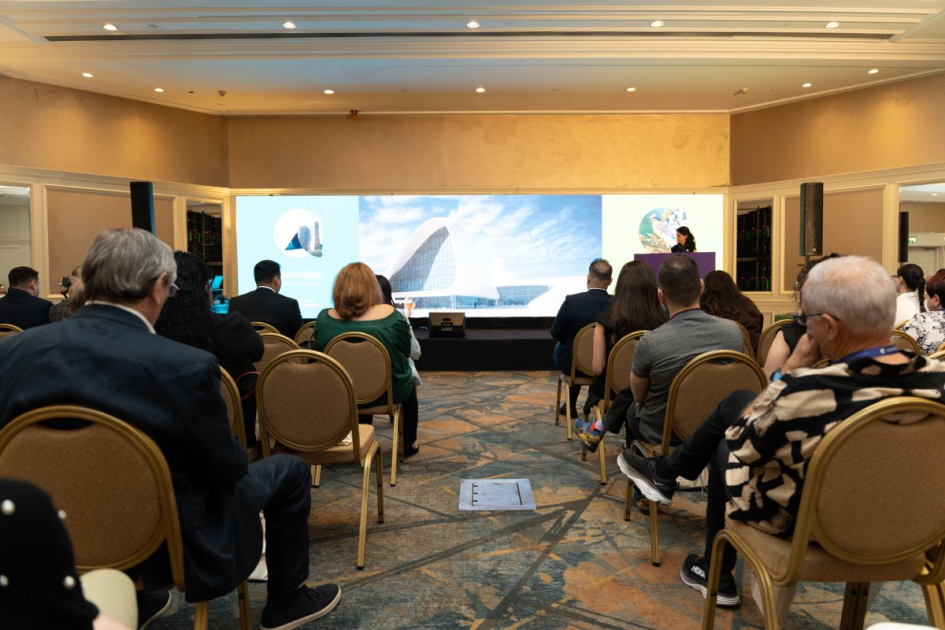The Humanoid Robot Innovation Center in Beijing has unveiled Tiangong, heralded as the world's first running robot. The launch event, held in Beijing's Economic and Technological Development Zone, showcased the remarkable capabilities of Tiangong, marking a significant milestone in the field of robotics.
According to reports from Ednews, Tiangong boasts impressive features, including its ability to run at a speed of 6 km per hour, thanks to its fully electric and lightweight design. Specialized software enables Tiangong to mimic natural running movements, setting a new standard for motion-learning capabilities in humanoid robots.
Standing at 163 cm tall and weighing 43 kg, Tiangong is equipped with advanced technology, including a highly sensitive six-dimensional force sensor, multiple visual detection sensors, 3D vision sensors, and a high-precision inertial measurement unit (IMU). These features enable Tiangong to navigate various terrains with ease, including slopes and stairs, demonstrating remarkable adaptability and agility.
Developers emphasize that Tiangong is open source and extensible, allowing for software expansion and enhanced communication interface. This versatility not only represents a technological breakthrough but also paves the way for diverse applications in industries ranging from rescue operations to manufacturing facilities.
The introduction of Tiangong comes amid growing interest in humanoid robots, with major companies like Apple reportedly investing in similar ventures. As the popularity of humanoid robots continues to rise, Tiangong's natural running ability is poised to revolutionize various sectors, driving innovation and reshaping the future of robotics.










